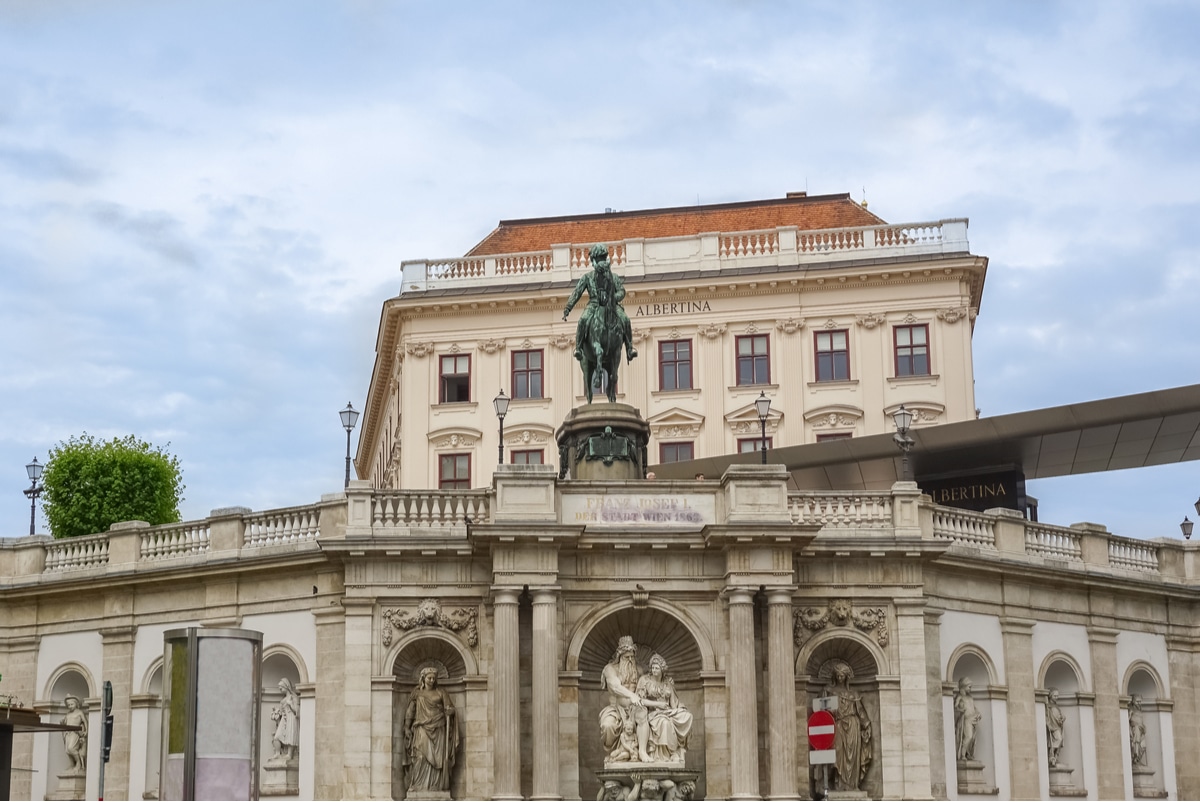Albertina

A Regent as Art Collector: Albert of Saxe-Teschen
The "Albertina" is named after its creator, Duke Albert I of Saxe-Teschen. The son-in-law of Empress Maria Theresa as well as her representatives in Hungary and Holland acquired over ten thousand drawings and more than 200,000 prints, including Rubens' portraits of children or Dürer's "Field Hare".
The difficult legacy of the Habsburgs
After the revolution of 1919, the entire collection fell into the possession of the Republic, which, however, was eager to forget the Habsburg dynasty. The palace was degraded to a mere office and storage building, severely damaged by aerial bombing in 1945 and rebuilt in a sober and unadorned manner by 1952. The collection itself was also only accessible to the general public on a few weekdays. The Albertina art collection, the project of a Habsburg duke in a Habsburg palace, was for decades the Cinderella among Vienna's cultural treasures.
Return to the Light of Publicity
This changed under director Walter Koschatzky, who organized over 200 exhibitions until 1986. In 1993, the Albertina closed its doors for ten years. By the time it reopened in 2003, the façade that had been chipped off in 1952 had been restored, the state rooms had been faithfully restored, and some of the original furniture had been bought back. Since then, the "Palais Erzherzog Albrecht" has once again become a historical gem with modern equipment.
Four collections under one roof
Thanks to a deep storage facility, the Albertina now houses four collections: First, the original graphic collection, which continues to be expanded to this day in accordance with the will of its founder. Second, the "Batliner Collection," received on loan in 2007, with a focus on works of classical modernism "from Monet to Picasso" - these artists were as much graphic artists as they were painters. Thirdly, the architecture collection of building plans, elevations and the like. Fourthly, the photo collection of the Langewieschen publishing house.